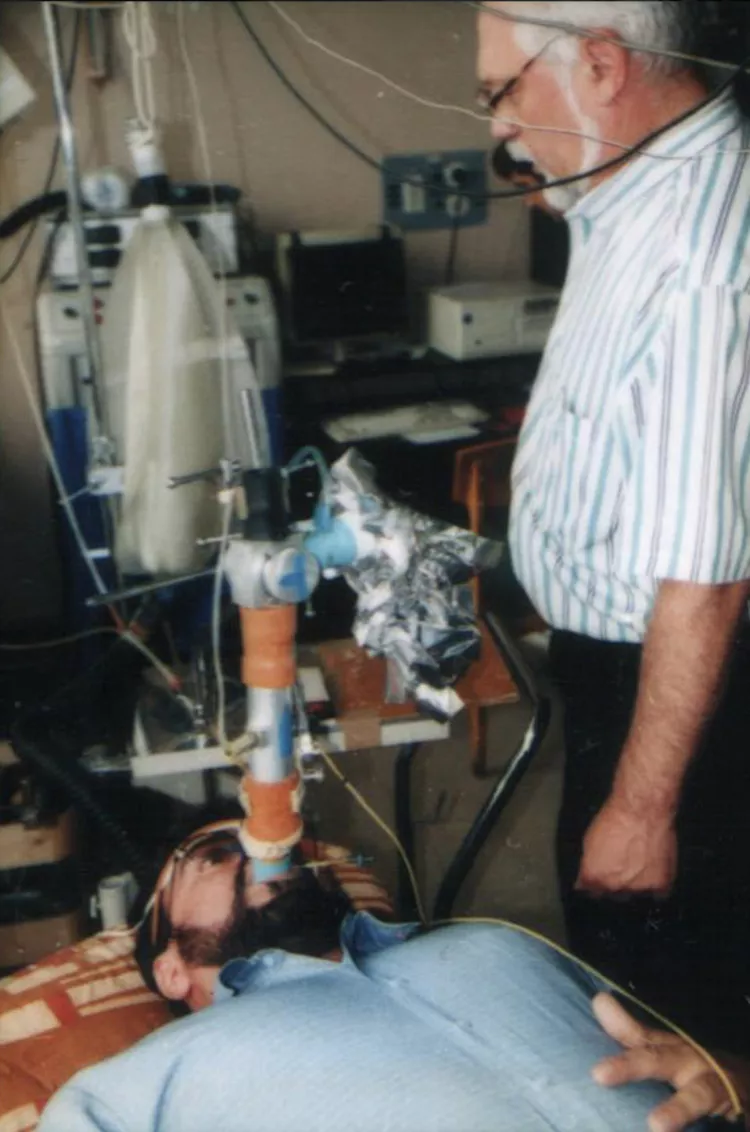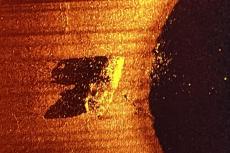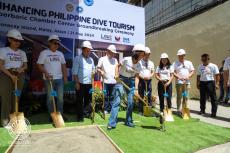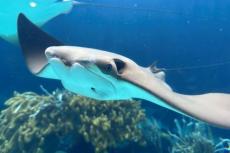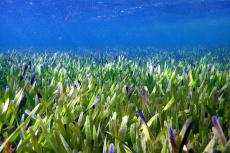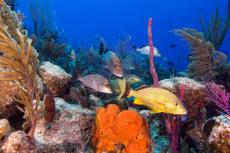What is the hypoxia? It is a deficit of oxygen in the lungs, blood and tissues. Each of us feels hypoxia from time to time, even if we do not realize it.”
Contributed by
The dream of the “Blue Abyss” is embodied in the depth records of some of the most famous divers—Jacques Mayol, Francisco Ferreira and Umberto Pelizzari—who have destroyed so many myths and even scientific theories about the limited capacity of humans as overland beings.
It was a hard road of study—to develop the infinite possibilities, which are sleeping somewhere deep inside of us. The representation of the features of the human body and the ability of the body to adapt to unusual, new and extremely harsh conditions—excessive pressure, hypoxia and biophysical changes on all levels, from the cellular level to the whole organism were changed with each new achievement.
Now, we have more and more people coming to the discipline of freediving. New names of champions are appearing. The records for apnea diving depths have shifted from 137 meters to 154 meters and deeper, while the records for breath hold for the last five years have remained unchanged until just recently, when the record for breath hold reached 7 minutes 35 seconds in a static position and 8 minutes in exact dynamics.
The time has come for new scientific and medical technologies in the training of “human dolphins”. In Russia, new research is being done in one of Moscow’s medical clinics, on human physiology in hypoxic conditions. Here, a method of “interval hypoxic training” has been used. It’s based on an alternation of hypoxic breathing gas with oxygen at reduced concentrations (from 14% to 9%) and normal air (21% oxygen).
One participant described the scene: “Tables with soft chairs, devices worn on fingers, and masks on faces with corrugated hoses. It seemed that sitting motionless in a chair and breathing through the mask, even on a low oxygen mixture that was not very serious, was challenging. Divers would more likely prefer to do something more extreme—for example, lift some dumbbells or spin a bike—to at least blend in with the background of normal patients in the clinic.”
In particular, apnea divers, are used to more “extreme” training regimes. In this experiment, the oxygen concentration was reduced to eight percent, which corresponds to the partial pressure of oxygen at 7,000 meters above sea level. For participants, the lack of oxygen began to feel much larger.
In these very low oxygen conditions, a normal person starts to feel that really not enough air is going in. Breathing becomes deeper and more frequent. The pulse rate and intensity at which the heart has to work is increased a great deal. The person starts to suffocate. To survive this challenging situation, it is necessary to switch on the protective reaction of the body.
Stillness
The main and most important thing to accomplish is maximum relaxation, reduction of respiratory function and heartbeat. Concentration of consciousness can achieve a state of almost complete stillness, in which one stops thinking and “time” stands still, tapping into one of our internal resources.
Breathing a hypoxic mixture does not feel like the state a diver experiences right before a dive, when he or she breaths in and out intensively (hyperventilation), and a feeling of euphoria comes—filling the body with what yogics call “breathing prana” or life force—and it feels like one could stay under water for ages.
While the participants breathed the hypoxic mixture, they felt some slight intoxication, dizziness and weakness. One participant said, “I often fell asleep or dreamt ‘under the mask’ while sitting up.”
It seemed inevitable that the breakdown mechanism worked out by divers in the process of training for dives in the water would occur. This is when the mind begins to save “emotions”, and the awareness of what is happening here and now is perceived from a side view, an impartial view of just what is happening to you. In terms of martial arts, specifically the philosophy of Karate, this condition is called Mitsu no kokoro—when the human mind is like the surface of a “sleeping lake” and is a desirable goal of adept martial artists, automatically achieved by breathing oxygen-depleted air.
At the clinic, doctors constantly monitored oxygenated hemoglobin in the blood as well as the heart rate of each participant. With several training sessions, the frequency of the heart rate fell to 30 beats per minute, which meant that the bodies of the participants adapted and responded adequately to hypoxia.
Methodology
The research methodology of this experiment consisted of 10-30 sessions; each session consisted of 5-10 cycles, with durations of two to 15 minutes. If hypoxia is not too strong, it activates the body’s internal reserves, and slow adaptation occurs. “Answers” to the body's stress had become a more appropriate and sustainable.
There is going to be improving pulmonary ventilation, a decrease in the frequency and an increase in the depth of breathing, improving lung diffusion capacity, enhancing the effectiveness of external respiration, and an increase in oxygen capacity, improving the antioxidant properties of the blood, increasing the heart rate and cardiac output, volume, while the increase in the number of red blood cells is reduced. Blood flow to organs and secondary systems and increases in primary systems (such as brain and heart) increases the activity of anaerobic enzymes.
Conclusions
The tangible result of the experiment was the increase of breath-holding time, without prior pulmonary ventilation, to 4-4.5 minutes, which was previously achieved only after prior intensive hyperventilation for 1-2 minutes.
During the workout in the pool, participants in the experiment at the clinic were able to overcome the time of 5 minutes 30 seconds in static apnea. It was pointed out that it was a very quick and easy entry; Participating divers were in good shape despite the long absence of training at sea. If they did the same hypoxia training from the first day, they could easily reach depths of 30-35 meters. Whereas, it usually took three to four days of intense training in order to reach these depths.
Today, hypoxic training is used widely in clinical medicine and sport. And the results of the successful experiment at the Moscow clinic once again allows us to recommend the method of interval hypoxic training as one of the most effective ways to improve the adaptability of the human body.

